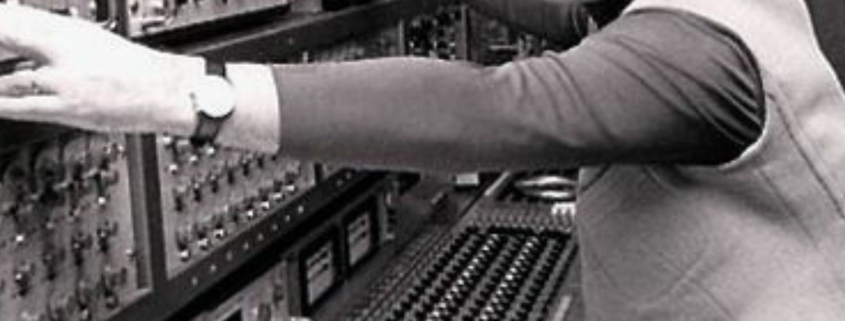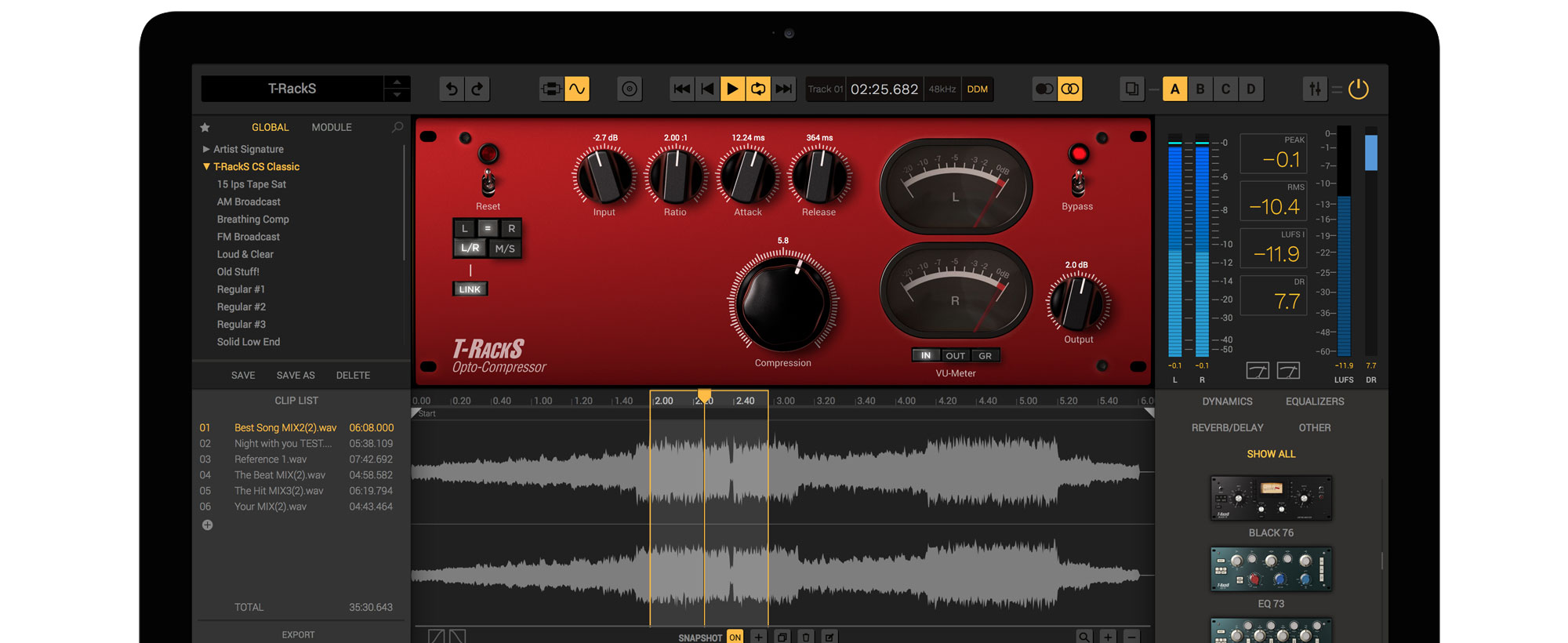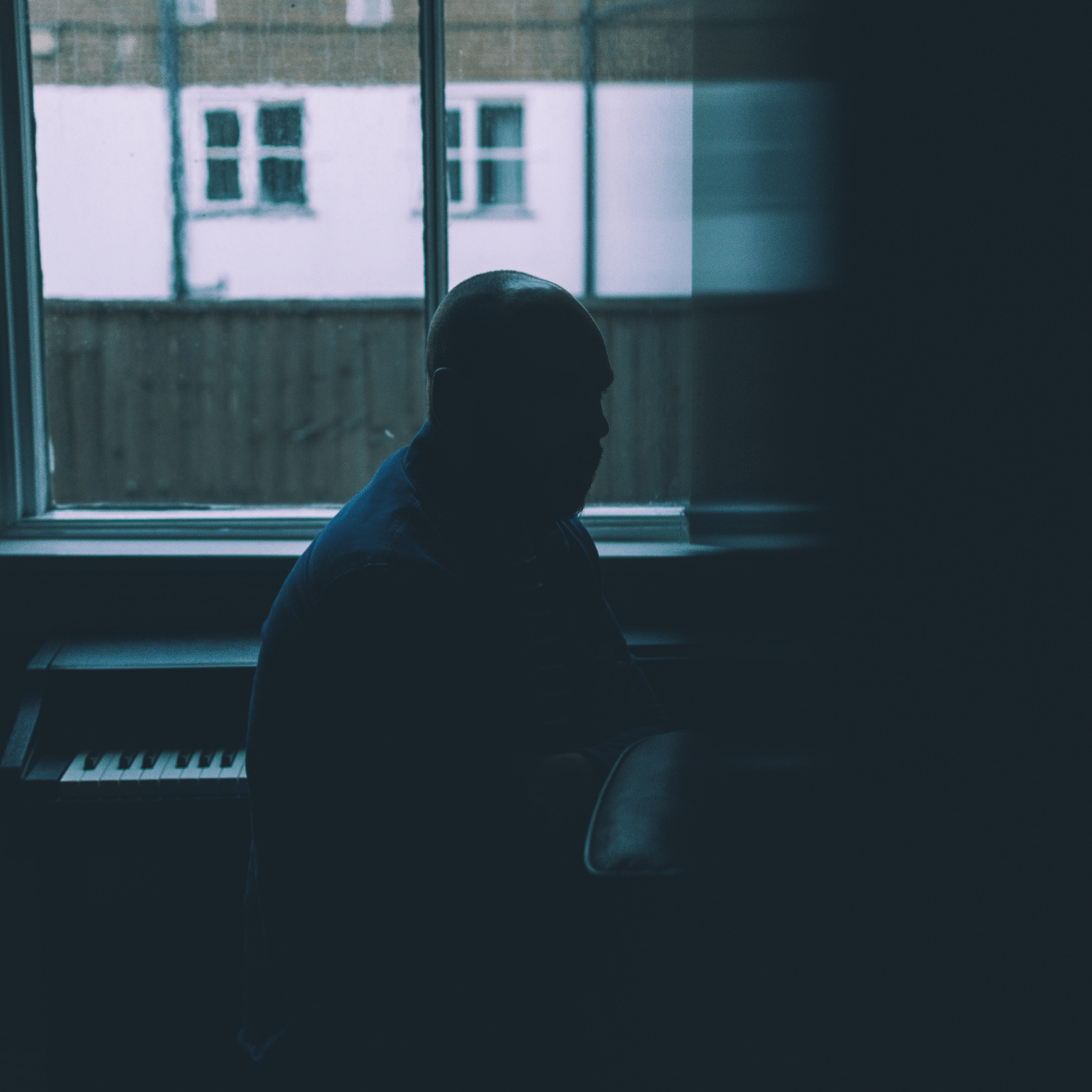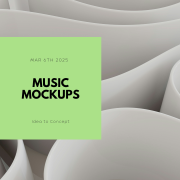The Importance of Practicing Ambient and Experimental Music
In the vast realm of music creation, there lies an uncharted territory where boundaries are blurred, and sonic landscapes become a canvas for exploration. It is in this genre that experimental music and ambient scores find their essence, sometimes blurring the lines on which is which. These forms of music not only push the boundaries of traditional music-making but also serve as a gateway to developing skills in narrativity within musical compositions, because each song defines its own rules.
If you’ve been following my music career or read this blog, you know that exploring and breaking the norm is an important value for me.After making music for years, I have hit some walls of frustration. Each time, it was the feeling of having the impression I had seen it all, said it all. How much can one reinvent himself within a genre?
If music is about having fun, the idea of making the same song over and over felt alienating. Exploring the techniques behind making ambient and diving in experimental helped a lot with any desire to evolve, grow.
Ambient or Experimental Music
To understand the significance of ambient and experimental music, it is crucial to unravel their origins and intentions. Ambient music, pioneered by visionaries such as Brian Eno and Tangerine Dream, sought to divert the focus from conventional patterns to approach music as a tool to set moods. Music becomes then a tool, a tapestry. Ambient music invites listeners to listen, attentively or not, to music that has or not, a destination or goal. By embracing ambient compositions, music creators develop a keen sense of space, dynamics, and the art of capturing evolutive ideas.
Understanding how to make ambient music opens up many opportunities for any other genres you wish to make. Especially for dance floor music, if you remove rhythmical parts, you’re left with ambient music.
Ambient music is intended to induce calm and a space to think,” Eno elaborated in the record’s liner notes. “It must be able to accommodate many levels of listening attention without enforcing one in particular. It must be as ignorable as it is interesting.” Brian Eno
On the other hand, experimental music emerged from the roots of musique concrète, a genre that pushes exploring techniques and boundaries. The experimental approach to music-making involves understanding the boundaries and rules of a genre, its traditional structures, inviting artists to push the limits of their tools and venture into proposing a new approach. It encourages musicians to question the norm, embrace the unpredictable, and find harmony in chaos. In this ever-evolving landscape, experimental music fosters an environment that encourages innovation and unearths new possibilities.
If you have been working on the same genre for a while, you are totally ready for exploring experimental music. Composing without a goal else than breaking your routines is where I’d encourage you to start.
Since a lot of music that succeeds into being recognize often involves revisiting an idea, it often starts with the artists breaking rules while keeping a base. The same-same but different is a good way of describing it. What I often see as experimental music are all these attempts at taking risks, without filters. There is no right or wrong. If you are trying something new, you’re on the right path.
There are different axis of exploration:
-
- Deconstruct arrangements or review the patterns. If a genre has a specific percussive pattern, try to move the beats around.
- Using tools in a way they weren’t originally designed.
- Taking an idea and shuffling it around to see all its possibilities.
- Learn about generative techniques for music making. This can be done in Ableton Live and VCV, but also in Bitwig.
- Spend time in the nature and listen to the sounds as they come. I love listening to bird songs and try to understand the pattern and sound design of their singing. I sometimes record them and use them in Ableton as a sequencer.
“Sound is the vocabulary of nature. The moment at which music reveals its true nature is contained in the ancient exercise of the theme with variations. The complete mystery of music is explained right there.” Pierre Schaeffer
Brian Eno made a deck of card named “Oblique Strategies” in which you pull a card to get some random inspiration or solution facing an issue. I find that it is a tool to explore and you can use an online version here.
Connecting Unrelated Concepts
One of the most compelling aspects of experimental music and ambient scores lies in their ability to connect unrelated concepts, looking beyond music for inspiration. Just as Rick Ruben’s book suggests, the exercise of connecting unrelated concepts can ignite an unexpected starting points. By drawing inspiration from various music genres, as well as other art forms such as visual art, literature, or film, musicians can infuse their compositions with a sense of depth and uniqueness.
Some suggestions:
- Take a scene of a movie and put sounds over it, then keep only the audio. The images will guide the arrangements.
- Read a book, pay attention to the story and imagine a sound track for it.
- Get inspired from architecture. See how the importance of maths plays a crucial role in the structure of a structure. As you know, music is math and perhaps you can apply some observations to your music.
- Learn to dance. I’ve followed so many dance classes in my life and when I get to move, it makes me understand the experience of the dan
Translating ideas from different domains into musical elements can yield astonishing results. For instance, by borrowing the tonal color palette from a painting, a musician can evoke specific emotions or create vivid sounds while darker colors can evoke deeper, lower tones. Similarly, incorporating elements of storytelling into musical compositions adds a narrative dimension that captivates listeners. By embracing this approach, artists can craft soundscapes that transport audiences on transformative journeys, blurring the line between music and storytelling.
Beat Making Revised
Electronic music often places emphasis on rhythm and beat making. However, by honing one’s skills in ambient and melodic composition, musicians can develop a strong core foundation that seamlessly integrates with rhythmic elements. Ambient music and experimental scores allow creators to focus on constructing melodies, exploring harmonic progressions, and crafting intricate sound design. These core strengths, when mastered, provide a solid platform upon which rhythmic elements can effortlessly blend and thrive.
One way that I love to work is to generate ideas, scores and random melodic moments which will then be material to use within sessions where I make beats. In other words, I often divide my music sessions into two categories:
- Melodic content, hooks, sampling. Finding ideas and generating some. Arranging random ideas into one coherent hook.
- Beats, beats, beats. Work on creating grooves, beats, sound design, complex or simple loops.
And then, two more categories:
- Innovate. Try to invent new ideas.
- Imitate. Try to emulate or reproduce ideas I love in other’s music.
Experimentation within ambient and experimental music opens doors to unexpected discoveries. Those experiments can be happening by multiple ways such as finding new free tools, new Youtube tutorials about genres or techniques that we haven’t explored yet or by simply exploring randomization within Ableton. By breaking away from conventional rhythmic patterns and exploring sounds that might be unsettling, musicians can unlock new possibilities for beat-making that take a step out of the comfort zone.
TIP: I find that once you have sequences, you can then slice it in detail and then rearrange it to taste.
As music creators, it is vital to embrace the vast realm of experimental music and ambient scores, for they offer unparalleled opportunities for personal and artistic growth. By immersing ourselves in the sonic landscapes that these genres provide, we gain a profound understanding of space, atmosphere, and the delicate interplay between elements. Furthermore, by connecting unrelated concepts and drawing inspiration from diverse sources, we infuse our compositions with a richness and depth that transcends traditional boundaries.
In the realm of electronic music, where rhythm often takes precedence, developing core strengths in ambient and melodic composition lays the foundation for seamless integration with beat making. By engaging in experimental music-making, we unlock our true creative potential and embark on a journey of self-discovery, innovation, and boundless imagination.
So, let us venture forth into the realm of experimental music and ambient scores, where the uncharted territories of creativity await, ready to be explored, experienced, and shared with the world.












Leave a Reply
Want to join the discussion?Feel free to contribute!